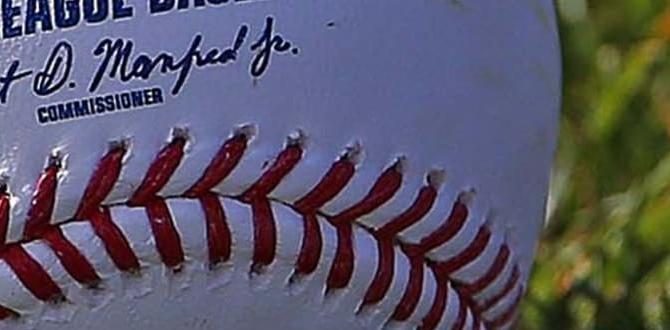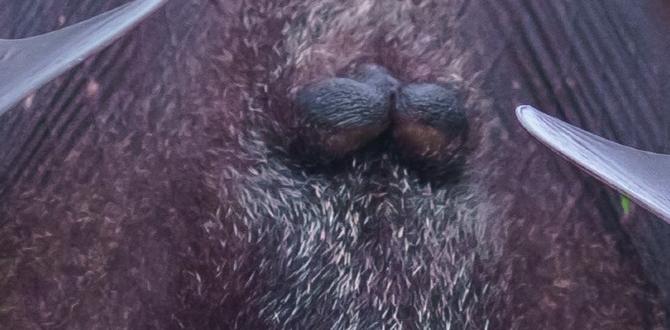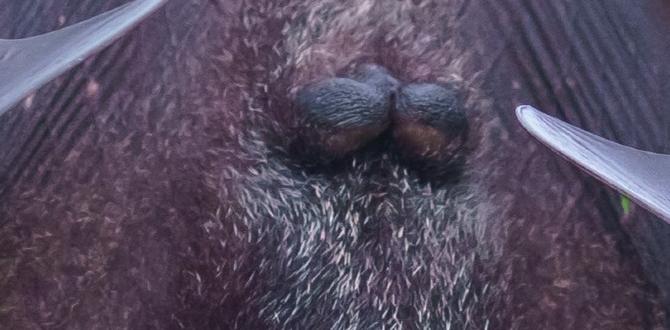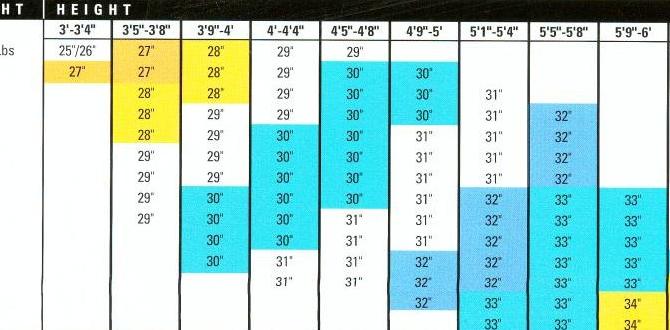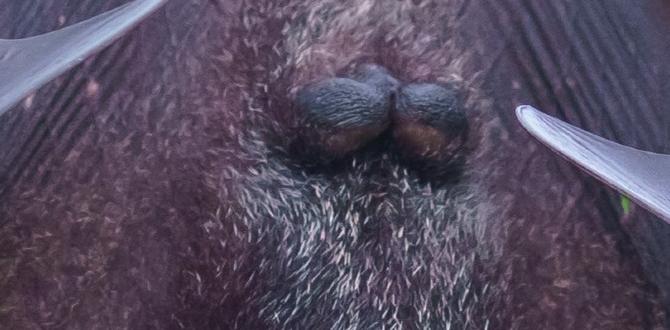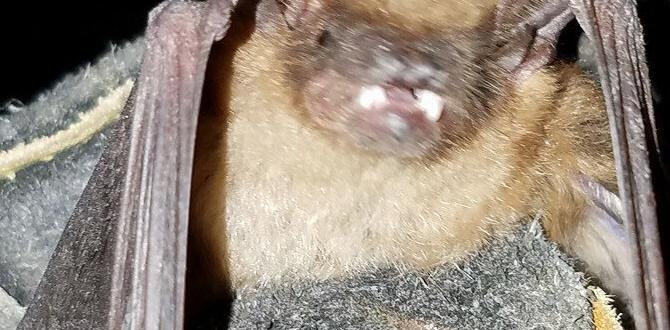The catcher is an integral part of any baseball team, but the job can take a toll on the knees. Knee savers, touted as the solution to a catcher’s sore knees, have become a popular accessory for players.
But are these devices really beneficial? Or are they doing more harm than good? In this article, we’ll look at the pros and cons of using knee savers to decide if they’re the right choice for catchers.
We’ll explore the potential benefits of improved comfort and performance while also examining the potential risks of long-term use. After reading this article, you’ll be better equipped to decide if knee savers are the right option for you.
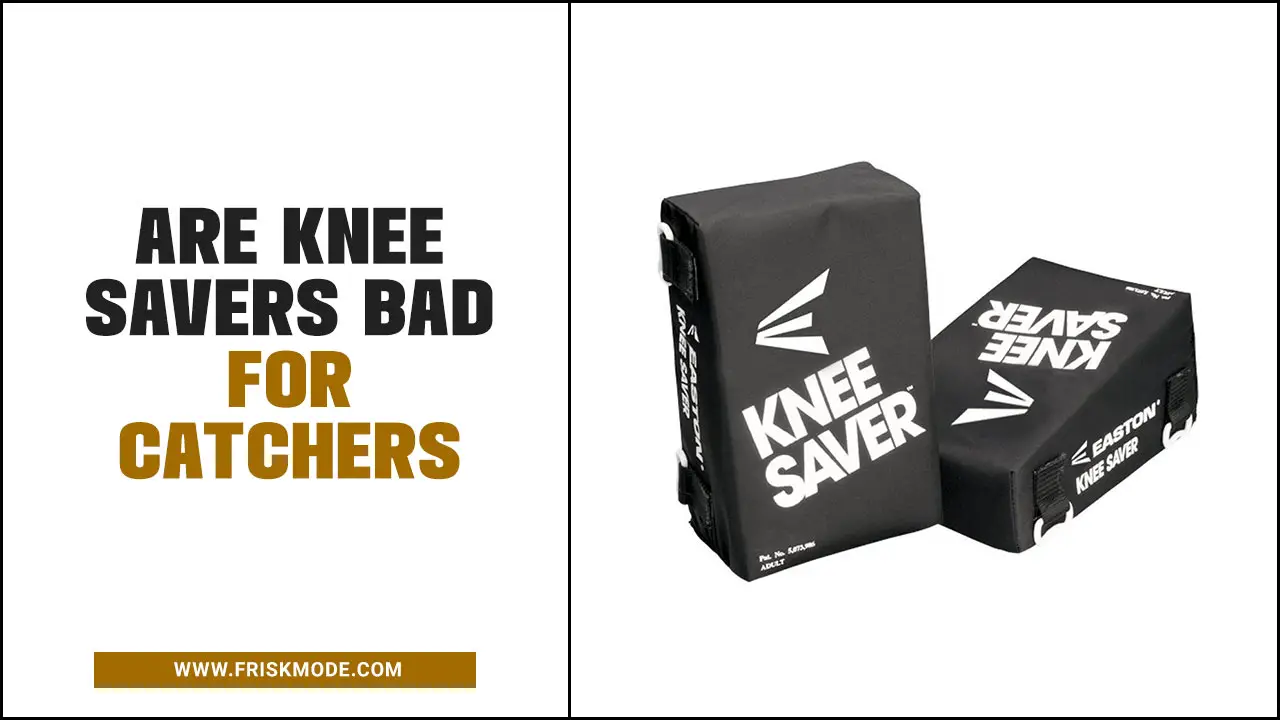
Are Knee Savers Good Or Bad For Catchers?
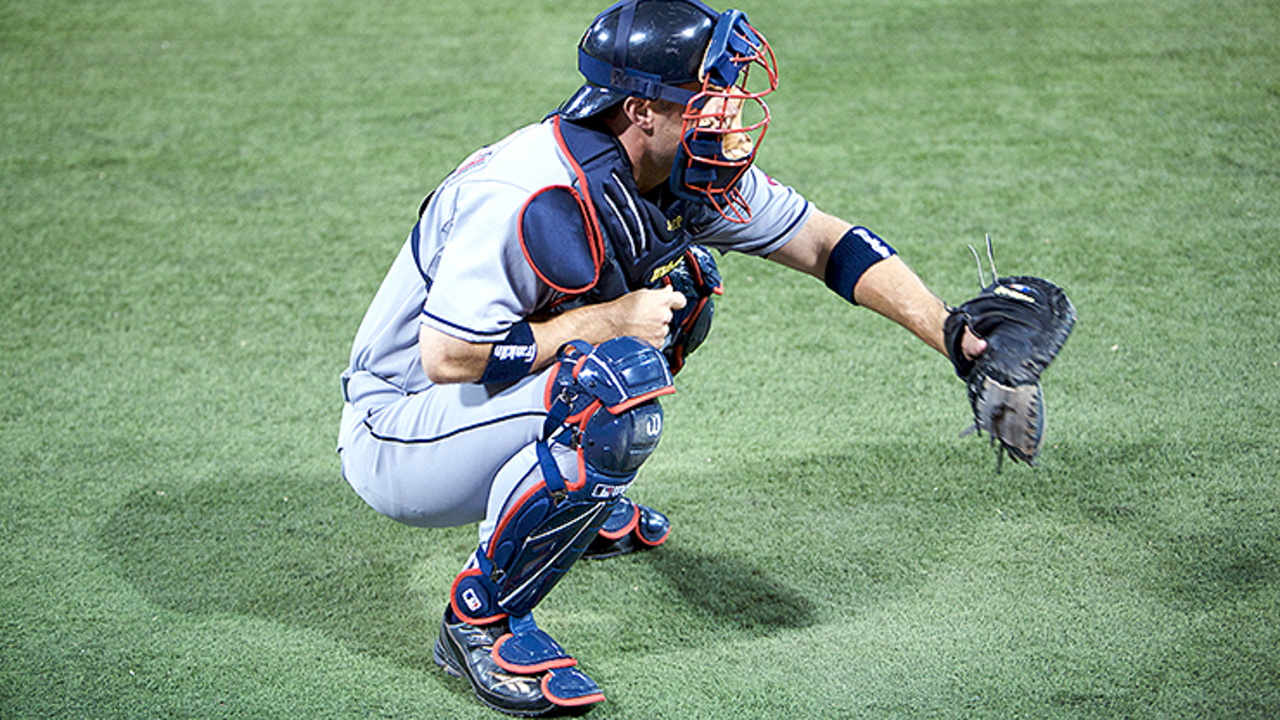
Are Knee Savers bad for catchers? The traditional catcher’s gear has evolved over time to include a number of protective items, such as face masks, chest protectors, and shin guards. The latest development in this area is the invention of the ‘Knee Saver’, a device designed to protect the catcher’s knees from the strain of crouching.
Despite the potential benefits, some have raised concerns about the potential drawbacks associated with using Knee Savers. In this article, we will look at the pros and cons of this new equipment to help you decide if Knee Savers are right for you.
Pros
Knee savers are an important tool for catchers to protect their knees and help them maintain their position while making plays. The pros of using knee savers include:
- Increased protection for catchers’ knees
- Reduced fatigue and improved performance
- Better balance and stability while making plays
- Reduced risk of injury
Knee savers are designed to provide extra support to catchers’ knees and reduce the strain on their legs when they are in a squatting position. This helps catchers to maintain their balance and stability while making plays without putting too much strain on their legs. Knee savers also help to protect catchers’ knees from potential injuries due to sliding or diving for balls.
Knee savers also help to reduce fatigue and improve performance. By providing extra support to catchers’ legs, knee savers help to reduce the strain on their legs and help to maintain their balance and stability while making plays. This helps them to stay focused and perform at their best for longer periods of time.
Overall, knee savers can be beneficial for catchers in terms of providing increased protection for their knees, reducing fatigue and improving performance, and reducing the risk of injury. They can also help catchers maintain their balance and stability while making plays.
Improved Mobility
Catchers benefit from improved mobility through the use of knee savers. The supports provide a cushion for the knees and help to keep them in a comfortable position when crouching behind the plate. This can help catchers maintain longer innings without having to take breaks to stretch their legs.
Additionally, knee savers can help reduce the risk of knee injuries that can occur from long periods of crouching.
Increased Knee Support
Knee savers provide increased support to the knee joints of catchers, reducing the stress of squatting for long periods of time. The additional support can help to prevent injury to the knee joint, reducing the likelihood of the catcher missing games due to discomfort or injury.
Reduced Risk Of Injury
Catchers with the right knee savers can take some of the stress off their knees and reduce the risk of injury. Knee savers are designed to help catchers stay in a low crouching position for a longer time, which can help reduce the amount of strain on their knees. Wearing the right knee savers can also help catchers move more quickly and efficiently when catching a ball, which can help reduce the risk of knee injuries.
Enhanced Comfort
Knee Savers provide enhanced comfort for catchers, allowing them to crouch into a proper stance while catching with less effort. This improved comfort can help catchers stay in the game longer and perform better.
Knee Savers Good Or Bad For Catchers Cons
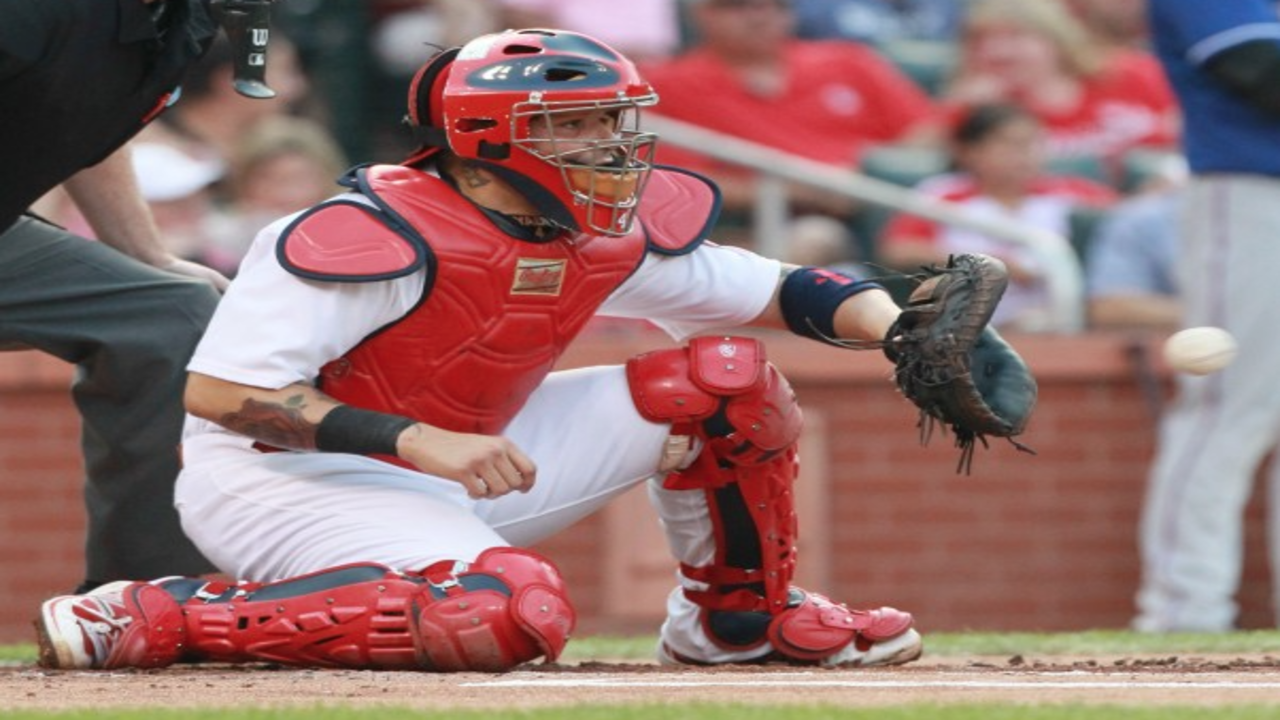
Knee savers are not necessarily bad for catchers, however they can have some drawbacks. There are some cons to using knee savers that all catchers should be aware of before making the decision to use them:
- Knee savers reduce the catcher’s range of motion. This can be a problem as it could make it more difficult for them to throw to the bases.
- The use of knee savers can cause the catcher to not be in an athletic position when they catch the ball. This can make it more difficult to react quickly and move to make a throw.
- The knee savers can cause the catcher to not be as low to the ground as they otherwise would be without them. This can reduce the catcher’s effectiveness when blocking pitches in the dirt.
- Knee savers can also be difficult to adjust, and it can take some time for the catcher to get used to the new feeling when wearing them.
Ultimately, the decision to use knee savers should come down to the individual catcher. They should carefully consider the pros and cons of using them before making the decision to use them.
Reduced Agility
Knee savers can reduce a catcher’s agility because they add extra weight and bulk to the catcher’s body. This can make it more difficult for the catcher to move quickly and make plays. Additionally, knee savers can limit the catcher’s range of motion, further hindering their ability to move quickly. Lastly, the extra weight can cause fatigue, reducing the catcher’s agility even more.
Unfamiliar Feel
Catchers often feel uncomfortable using knee savers for the first time, as the unfamiliar feeling of the extra padding can be disorienting. It can take some time to get used to the new sensation, which can cause some players to be hesitant about using them.
Loss Of Flexibility
Catchers are at risk for losing flexibility due to knee savers. The extra padding can make them less mobile when it comes to moving around the field. This can make it harder for them to throw, catch, and run, as well as increase the risk of injury.
Unnatural Positioning
Catchers often use “knee savers” to help them maintain an unnatural positioning while catching. This positioning can be uncomfortable and can cause a variety of injuries, such as knee and ankle problems. The unnatural positioning of the knee savers can also cause long-term damage to the catcher’s body.
Conclusion
Are knee savers bad for catchers? It’s a question that has been debated for a long time. On the one hand, knee savers can provide extra protection and stability when crouching behind the plate.
On the other hand, some experts argue that they can cause poor footwork and can lead to an increased risk of injury. Ultimately, it’s up to the catcher to decide which option is best for them – knee savers may be the right choice for some, but may be a hindrance to others.
FAQs
1.What Types Of Injuries Do Knee Savers Help Protect Against?
Ans: Knee savers help protect the knee joint from various types of injuries, such as runner’s knee, patellofemoral pain syndrome, tendonitis, and arthritis. They provide support to the knee and help to reduce the strain on the joint during activities. They also help to strengthen the muscles around the knee and improve balance. Knee savers can also help to reduce pain and inflammation caused by these injuries.
2.What Are The Benefits Of Using Knee Savers For Catchers?
Ans: Knee savers help catchers maintain a good squatting position by providing support and cushioning for the knees. This helps to reduce the stress and strain on the catcher’s knees, which can be especially beneficial for catchers who squat for long periods of time during games.
Additionally, using knee savers helps improve the range of motion in the catcher’s legs, allowing them to move more quickly and efficiently. Finally, knee savers offer protection for the catcher’s knees, helping to prevent injuries caused by the impacts of balls or other players.
3.What Are The Potential Risks Of Using Knee Savers For Catchers?
Ans: Knee savers can put a lot of strain on the knees and cause long-term damage if used incorrectly. They can also reduce mobility and flexibility, causing difficulty when throwing and blocking. Knee savers can also lead to poor form and increase the chance of injury from impact. Finally, they can also cause muscular imbalances in the legs that can lead to pain and discomfort.
4.Are There Any Alternative Products To Knee Savers For Catchers?
Ans: Yes, there are several alternative products that catchers can use to help protect their knees. Examples include catcher’s leg guards, knee pads, and sliding shorts. These products can offer varying levels of protection and may be more suitable for some athletes than knee savers. It is important to consider the type of protection needed as well as the athlete’s preference when selecting a product.
5.How Can Players Ensure Proper Fit And Use Of Knee Savers?
Ans: Players should ensure proper fit and use of knee savers by first consulting their coach or trainer to get the right size. They can then try them on before a game to make sure they are comfortable and do not cause any discomfort.
Properly fitting knee savers should be snug, but not too tight. Players should make sure to wear the knee savers in the same position each time they play to ensure they are properly positioned and provide the best support.
{“@context”:”https://schema.org”,”@type”: “FAQPage”,”mainEntity”:[{“@type”: “Question”,”name”: “What Types Of Injuries Do Knee Savers Help Protect Against?”,”acceptedAnswer”: {“@type”: “Answer”,”text”: “Knee savers help protect the knee joint from various types of injuries, such as runner’s knee, patellofemoral pain syndrome, tendonitis, and arthritis. They provide support to the knee and help to reduce the strain on the joint during activities. They also help to strengthen the muscles around the knee and improve balance. Knee savers can also help to reduce pain and inflammation caused by these injuries.”}},{“@type”: “Question”,”name”: “What Are The Benefits Of Using Knee Savers For Catchers?”,”acceptedAnswer”: {“@type”: “Answer”,”text”: “Knee savers help catchers maintain a good squatting position by providing support and cushioning for the knees. This helps to reduce the stress and strain on the catcher’s knees, which can be especially beneficial for catchers who squat for long periods of time during games. Additionally, using knee savers helps improve the range of motion in the catcher’s legs, allowing them to move more quickly and efficiently. Finally, knee savers offer protection for the catcher’s knees, helping to prevent injuries caused by the impacts of balls or other players.”}},{“@type”: “Question”,”name”: “What Are The Potential Risks Of Using Knee Savers For Catchers?”,”acceptedAnswer”: {“@type”: “Answer”,”text”: “Knee savers can put a lot of strain on the knees and cause long-term damage if used incorrectly. They can also reduce mobility and flexibility, causing difficulty when throwing and blocking. Knee savers can also lead to poor form and increase the chance of injury from impact. Finally, they can also cause muscular imbalances in the legs that can lead to pain and discomfort.”}},{“@type”: “Question”,”name”: “Are There Any Alternative Products To Knee Savers For Catchers?”,”acceptedAnswer”: {“@type”: “Answer”,”text”: “Yes, there are several alternative products that catchers can use to help protect their knees. Examples include catcher’s leg guards, knee pads, and sliding shorts. These products can offer varying levels of protection and may be more suitable for some athletes than knee savers. It is important to consider the type of protection needed as well as the athlete’s preference when selecting a product.”}},{“@type”: “Question”,”name”: “How Can Players Ensure Proper Fit And Use Of Knee Savers?”,”acceptedAnswer”: {“@type”: “Answer”,”text”: “Players should ensure proper fit and use of knee savers by first consulting their coach or trainer to get the right size. They can then try them on before a game to make sure they are comfortable and do not cause any discomfort. Properly fitting knee savers should be snug, but not too tight. Players should make sure to wear the knee savers in the same position each time they play to ensure they are properly positioned and provide the best support.”}}]}

